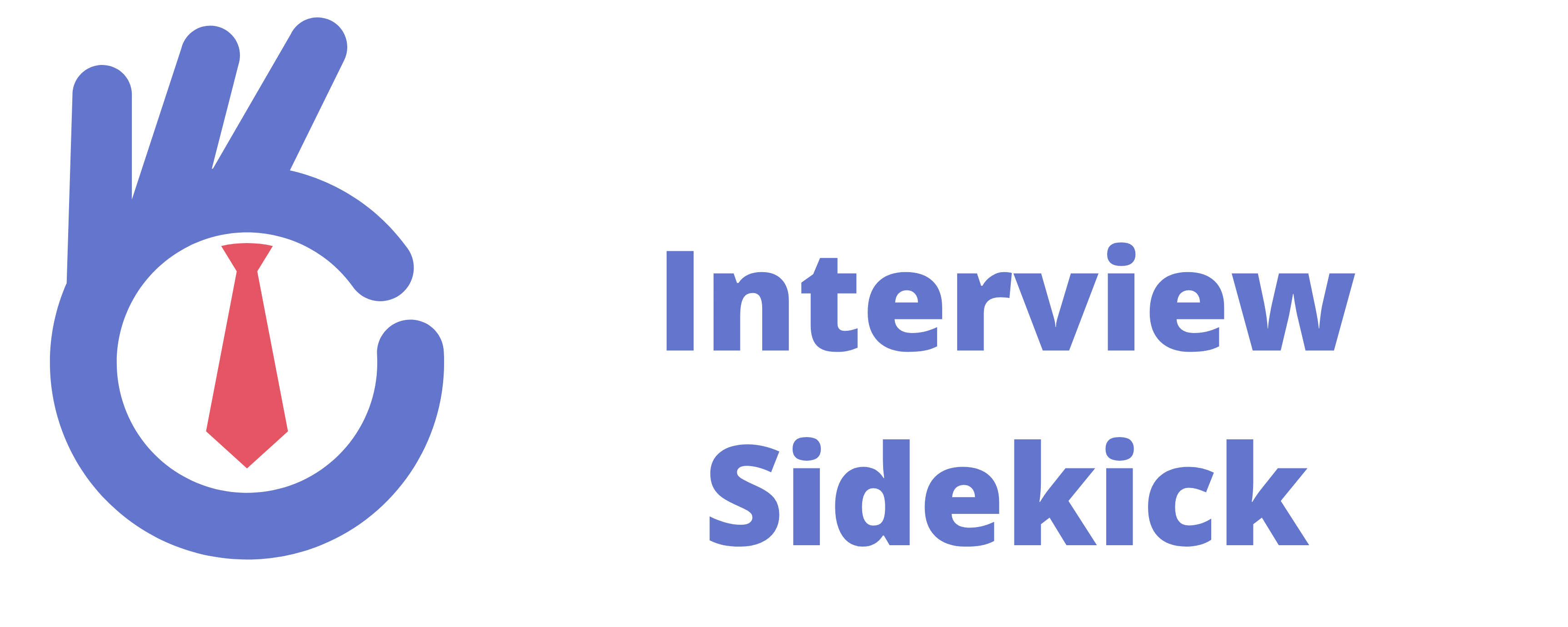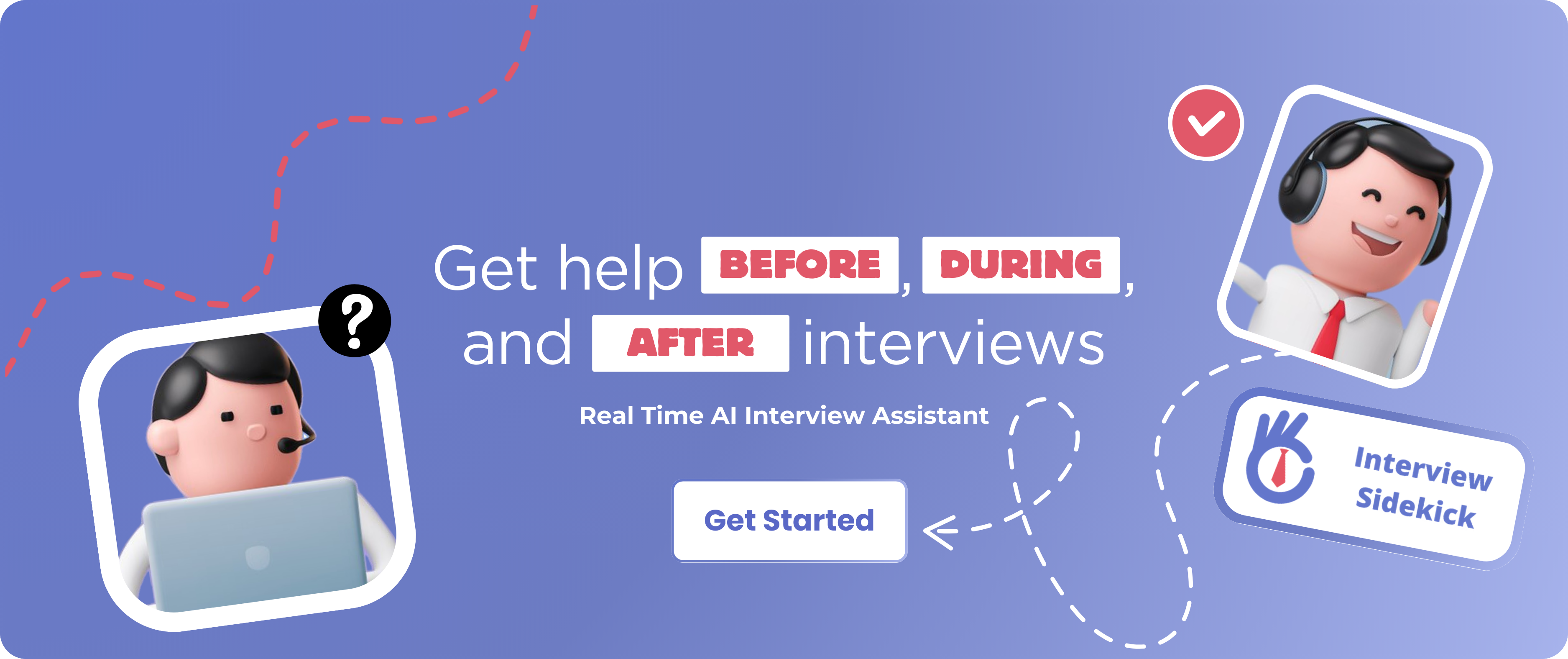3 Key Takeaways
• Understand Amazon’s Leadership Principles: Familiarize yourself with Amazon’s 16 Leadership Principles and learn how to weave them into your responses to demonstrate alignment with the company’s core values.
• Master the Amazon STAR Method: Practice using the Amazon STAR (Situation, Task, Action, Result) method to structure your answers effectively, especially for behavioral questions that are common in Amazon interviews.
• Prepare for Technical and Behavioral Questions: Be ready to tackle both technical questions related to your role and behavioral questions that assess your problem-solving skills, leadership qualities, and fit for Amazon’s fast-paced environment.
Problem-Solving Amazon Interview Questions and Answers

Problem-solving Amazon interview questions test your ability to analyze and solve complex problems. Here are some questions and answers:
- How would you approach a complex problem with limited resources?
Answer: Break the problem down into smaller parts. Prioritize the most important bits and use the data you have to find the most impactful solution. Use team collaboration and review progress regularly to adjust your approach as needed.
- What was the biggest obstacle you faced at work? How did you overcome it?
Answer: Describe a specific challenge, e.g. a project delay or technical issue. Explain the steps you took to fix it, including the strategies and resources you used and the outcome and lessons learned.
- Can you give an example of a time when you had to make a decision without all the info?
Answer: How did you use the data you had and who did you consult with? How did you mitigate the risks and adjust your approach based on feedback?
- How do you handle unexpected changes or obstacles in a project?
Answer: Describe your adaptability by describing a situation where you managed an unexpected change. How did you adjust your plan, communicate with stakeholders, and keep the project on track?
- How do you prioritize tasks when you have multiple deadlines?
Answer: How do you prioritize? What’s your planning process, resource allocation, and time management?
- What was the biggest inefficiency you found? How did you fix it?
Answer: Describe a situation where you found an inefficiency and explain your process to analyze and fix it. What were the improvements and the impact on the team or organization?
- How do you approach a problem when the solution isn’t clear?
Answer: How do you tackle ambiguous problems? Gathering information, brainstorming, testing different solutions? How do you seek input and iterate based on feedback?
Technical Amazon Interview Questions and Answers
- Can you explain the difference between a stack and a queue?
Answer: A stack implements the Last In First Out (LIFO) model of operation, that is the last item or element that is entered into the stack is always the first to get popped out. A queue is a data structure maintained according to the First In, First Out (FIFO) technique that implies that the first item or element that was put into the queue is the first to be eliminated. Explain concrete applications of each of the two.
2. How would you organize the system handling millions of users?
Answer: Elaborate on how they relate to load balancing, distributed databases or, and caching mechanisms. Discuss how you would achieve scalability and discuss horizontal scaling, microservices, and cloud solutions.
3. Explain a case where you worked on a peach and how you attempted to solve it. What was the frame of mind you took to it?
Answer: What is one real-life example of a debugging issue that is worth providing? Explain or write down the processes followed to find out the root of the problem, any tool applied, and the way it was solved.
4. What strategy do you use in writing efficient code?
Answer: Describe policies like precision of the algorithms used, resource utilization policies, and profiling. Illustrate how you assess the efficiency and treat the performance issues.
5. How do you ensure that you are up to date with New technologies and languages in programming?
Answer: Explain your approaches to update knowledge on current trends in the industry like uses of conferences, taking courses, and discovery of new technological supports. Introduce recent technologies that you have come across and which you have used in this case.
6. What does ‘big-O’ mean and why is it crucial?
Answer: Time and space complexity helps to assess an algorithm’s phase and measures it by a metric known as big-oh notation. State how it aids in comparing algorithms and thinking about performances as inputs’ sizes scale up.
7. If you had to choose, how would you go about the process of tuning a slow-running query in a database?
Answer: Explain the ideas such as indexing, query optimization, and analysis of the execution plan. Describe how you determine that some areas might be slowing down Query performance, and how you optimize the operation.
Related
Top 21 Interview Tips to Make a Great First Impression During Your Job Interview
Top Interview Skills to Get a Job in 2024
Amazon Leadership Principles
Amazon’s guiding principles are special to Amazon interview and form its organizational culture. Here’s a detailed look at each principle, along with example questions and strategies for answering them:
It also tests leadership principles and example questions such as Should the manager provide employees with their yearly pre-evaluation meeting?
Leadership Precepts and Sample Questions
1. Customer Obsession
Principle: Leaders focus on the external environment and more so the customer. They strive to gain and maintain the customers’ confidence.
Example Question: This question type is most likely to assume the following form: “Tell me about a situation when you did something extraordinary to satisfy a customer.”
Answer: Describe one time when you solved the customer’s problem, stating the actions you took to achieve a favorable result for the customer.
2. Ownership
Principle: Bosses work for all employees, plan, and do not compromise with future profit for current gains.
Example Question: Admin: Have you ever done a project where you took complete ownership from beginning to end?
Answer: Explain a project that you undertook from conception to its delivery identifying resource management strategies used, principal hurdles met, and how the project enabled the corporation to further its objectives.
3. Invent and Simplify
Principle: Politicians look and search for new ideas and streamline procedures. These are purposeful and always seek to take the next step.
Example Question: “Can you share an incident with me that you came up with a process or a solution to address a specific issue?”
Answer: Give an instance of a new process or solution that you have introduced, stressing how it was innovative and how it positively altered the efficiency or efficacy.
4. Are Right, A Lot
Principle: The high level of judgment and the fairly accurate instincts observed in leaders come in very handy at this time. They look for others’ views different from their own; they actively try to gather evidence that would challenge their assumptions.
Example Question: ”Give an example of a critical decision where you had a five-minute look at the facts of a situation before you had to make that decision.”
Answer: Describe how you collected data and involved other people, when and how you made a decision: What was the decision, what happened, what did you learn.
5. Learn and Be Curious
Principle: You are always a learner and the leadership is also in the process of developing. They wonder what is out there and move to occupy it.
Example Question: Do you have any particular situation in your work experience where you have applied newly acquired knowledge?”
Answer: Describe a scenario you adhered to quality standards; regarding any resistance; and debate the benefits and how it supported success.
6. Hire and Develop the Best
Principle: Leaders hire and mentor the best people. They focus on hiring individuals who can contribute to the company’s success and continually work on developing their skills and career growth.
Example Question: “Can you provide an example of how you have developed a team member’s skills or helped someone achieve their career goals?”
Answer: Describe a situation where you mentored or coached a team member, outlining the specific steps you took to help them improve their skills or advance their career. Highlight how you identified their strengths and areas for growth, provided relevant training or feedback, and how this contributed to their personal development and the team’s success.
7. Insist on the Highest Standards
Principle: Leaders continuously raise the bar and drive their teams to deliver quality. They focus on improving processes, raising performance standards, and ensuring that every deliverable meets high standards of excellence.
Example Question: “Give an example of a time when you had to address a quality issue within your team or project.”
Answer: Describe a scenario where you encountered a quality issue or performance gap. Explain the actions you took to identify the root cause, implement improvements, and ensure that the issue was resolved. Emphasize how you set higher standards, motivated your team to meet them, and the positive outcomes that resulted from these actions.
8. Think Big
Principle: Emotional leaders define and articulate a powerful course of action that drives performance. They challenge the established ways of doing things and scan the environment for improved ways of satisfying customers.
Example Question: It’s always important to be able to showcase our leadership skills which in a way is similar to boy scout skills where the boy scout know that they have met the requirements of the leadership skill when they have been asked to lead a particular activity I will therefore ask the following questions: Can you share an example of a bold initiative you led?
Answer: Explain and elaborate on a large project or an idea you started working on, the concept, the plan, and the outcomes of the organization. Emphasize what you provided leadership to do and the great outcomes realized.
9. Bias for Action
Principle: One of the organizational-level business risks that leaders consider is that of calculated risk-taking. Ever in doubt, they make decisions faster way as compared to their counterparts.
Example Question: ‘Tell a story of having acted on impulse and the result.’
Answer: Please give an example where you had prompt action on handling an emergency expounding on the decision made and the consequences of the action.
10. Frugality
Principle: It is a lifestyle of doing more with less, especially by the leaders. They are wise and creative; they look for ways of cutting expenses and increasing outreach.
Example Question: “Can you explain how the organization has delivered improvements it achieved with constrained resources?”
Answer: Describe a situation when one faced limitations and still was able to meet the objectives identifying the consequences for the project or organization.
11. Earn Trust
Principle: Leaders earn the respect of other people through honesty. They are people of word and are honest, transparent, and gain people’s trust.
Example Question: What can you say about the specific case where you had an opportunity to establish trust with a coworker or a client?
Answer: Describe a situation when you worked with integrity and transparency and improved the relations with a colleague or a client and the outcomes of that.
12. Dive Deep
Principle: Leaders work at all organizational levels, remain aware of the small picture, and conduct numerous audits. Their disappointing expectations do not know any limit.
Example Question: An example question would be, ‘Tell us of an instance in which you had to get down to the nitty-gritty of a problem or a project’.
Answer: Describe the analysis of a specific component of a project or a matter; the approaches applied to the evaluation; and the possible benefits arising from the involvement of the specific detail.
13. Get a Backbone; Stand up for Yourself and for Your Decisions
Principle: Leaders probe and question decisions they do not like and sometimes this could be done in a disagreeable manner. Contrary to some other players in the market, once a decision is determined, they go all in.
Example Question: ”Can you describe a time when you did not support a decision, but you supported it anyway?”
Answer: Give an instance where you responded negatively but you had to support the decision fully and the manner you did it. Stress your intention to cooperate and the fact that you are interested in securing the best result.
14. Deliver Results
Principle: Managers pay attention to the essential resources for their organizations and provide them with the required quality at the needed time. Regardless of that, they perform dismally and never dwell on it.
Example Question: “What is an example of a goal that you had set and how did you accomplish it? “
Answer: Describe an educational goal that was important to you, the obstacles that you met, and how you handled them. Both questions emphasize the outcomes and your willingness to work around the challenges you are likely to encounter.
15. Pursue to be Earth’s best employer
Principle: Managers strive to develop an organizational culture that is free of prejudice and discrimination and would be quite diverse and equal. They are committed to a process of constant enhancement of the employee journey.
Example Question: Yet, another question you may be asked during a mock interview is “How have you enhanced the nature of the work environment or culture in your team?”
Answer: Offer an illustration of steps that you have taken to promote measures that would improve the working environment and how it helped in matters of safety, diversity, or contentedness among workers.
16. Embrace the Mission
Principle: Managers continuously focus on the achieved organizational goal of making Amazon the Earth’s most customer-centric company and contributing to their customer’s improving lives.
Example Question: For example, one can ask: “In what ways have you matched what you do to Amazon’s objectives of placing customers at the foremost?”
Answer: Explain how the achievement of Amazon’s mission has been fostered and demonstrate it through exemplification of measures that you have taken while undertaking projects or making decisions that would improve the customer experience.
Related
How to Prepare for a FAANG Software Engineering Job: From Mock Interviews to Technical Tips 2024
Top 10 Most Common Interview Questions and Answers in FAANG Companies (2024)
Customer-Centric Mindset Amazon Interview Questions and Answers
One of Amazon interview’s key elements for its company paradigm is a focus on the client. Here are common questions and strategies for demonstrating a customer-focused approach:
1. How can you make certain that customers’ feedback is integrated into the projects?
Answer: Describe where, how, and when you gather and interpret customer information from feedback into projects and how you effect change based on the information. If applicable, describe the tools and procedures that you utilize for the collection of feedback and its analysis.
2. Explain a situation, when you made a decision that would mostly affect the customer.
Answer: All the above-stated decisions must be supported by an example of a decision when the customer’s experience was the top priority and how this decision affected the customer experience, in a positive way.
3. In your opinion, what should one do when a customer demands something with a direct violation of organizational policies?
Answer: Explain how you manage the relationship between the customers’ expectations and the organization’s Regulations/Standards and if any measures are taken to meet both objectives. Stress that it is crucial not to lose the clientèle while at the same time observing the stipulated policies on the issue at hand.
4. Do you have any experience where you were able to change a dissatisfied customer into a satisfied customer?
Answer: Give an example of a time when you handled a customer complaint or problem what you did and the result that was achieved.
5. It is understood that the client is the king; therefore, how do you balance the interest of the customer by addressing their needs in any given project?
Answer: Explain the steps you would follow in determining the needs of the customers and how they will be integrated into the projects’ conception and implementation. Explain, whether being used or not, the frameworks or strategies you follow to meet the customers’ needs well.
6. These customer-oriented strategies make the following inquiries relevant: How do you gauge the effectiveness of the approaches?
Answer: If you have information about how current and/or past CX gamification initiatives are measured what are some of the strategic measurements (Key Performance Indicators KPIs) that are used to determine their success. Describe how you approach these measures and how you use their results to spur more of them.
7. The measures that you can employ to determine the needs and challenges of clients are as follows:
Answer: Describe how you obtain information about clients, their wants, and issues using techniques like questionnaires, interviews, and analytics. Explain how you incorporate this information in a way that helps you create strategies or enhance something.
Conclusion
Amazon’s Leadership Principles are a fundamental aspect of the company and thus when preparing for an interview with the firm, an interviewee has to ensure that he/she possesses an adequate understanding of these principles and how he/she can best portray the said characteristics. In turn, effective rehearsal of potential questions referring to problem-solving, technical competence, and customer orientation together with applying answers to Amazon’s Leadership Principles will help you to leave a good impression on interviewers. Stress your analytical skills, technical experience, management skills, and customer orientation to illustrate how you would be the perfect match for Amazon’s progressive and customer-centric environment. All the best for your Amazon interview preparation!




